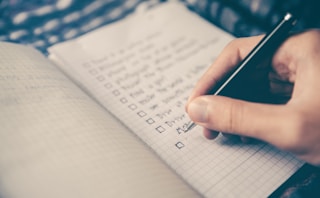Elevate your IB Primary Years Programme workshop! Get reflections, redesigned resources & practical tips for better PYP facilitation and participant engagement.

Learning Designer
Learning Designer

Elevate your IB Primary Years Programme workshop! Get reflections, redesigned resources & practical tips for better PYP facilitation and participant engagement.

Wondering how to improve your writing instruction and support student choice? This article covers the writing process, mentor texts, and bridging balanced literacy with the science of reading.

Discover how inquiry-based learning, combined with concept-based inquiry, empowers primary school students. Explore inductive approaches, transdisciplinary learning, and UDL

Struggling with dyslexia in your school? Learn how WIN Time can be a game-changer! This flexible, data-driven approach allows for personalized instruction, early intervention, and targeted support. Read more about how to implement these strategies and empower your students! #dyslexia #WINtime #education #specialeducation #readingintervention

The Approaches to Learning (ATLs) are an integral part of the International Baccalaureate (IB) programme. The IB is a widely recognized education system. It prepares students for success in a …

Explore how to use the SOLO Taxonomy and Visible Thinking Routines to promote deeper student understanding and critical thinking. Discover practical strategies for educators to guide inquiry and foster independent learning.

Book Creator’s Be An Author Month is a wonderful opportunity to empower primary students to discover their inner authors. This initiative guides young learners through the entire writing process. It …

The Reggio Emilia approach, with its powerful metaphor of the “Hundred Languages of Children,” provides a compelling framework for understanding the diverse ways children learn and express themselves. This philosophy …

Empower student learning! Discover how to use formative assessment to cultivate student agency and reflection, fostering a growth mindset and deeper understanding. Dive into key strategies, explore different feedback approaches, and unlock the potential of a thriving learning culture.

Learn about the “third teacher” in education: how Reggio pedagogy, UDL, & Bandura’s theory build self-efficacy in PYP classrooms. Read this in-depth guide!
You must be logged in to post a comment.